by Harper May 15,2025
At the start of April, Nintendo's highly-anticipated Switch 2 Direct presentation concluded on a note that left many fans feeling uneasy. The showcase was filled with excitement, unveiling an impressive lineup of innovative features and a diverse selection of upcoming games. However, one crucial detail was conspicuously absent—the price. It wasn't long before fans' apprehensions about a potential price increase were confirmed. Nintendo later revealed on the newly-launched Switch 2 website that the console would be priced at $449, a significant $150 increase from the original Switch's $299 launch price. The combination of Nintendo's lack of transparency about the price and the announcement that the Switch 2's flagship launch title, Mario Kart World, would cost $80, sparked both frustration and concern regarding the console's market performance.
Some Nintendo enthusiasts, still reeling from the underwhelming performance of the Wii U, quickly voiced their pessimism, fearing that the Switch 2's steep price would deter potential buyers and plunge the company back into financial turmoil. They questioned who would be willing to spend $450 on what they perceived as essentially last-generation technology, especially when the price was comparable to that of a PS5 or Xbox Series X. However, these concerns were soon alleviated when Bloomberg reported that the Switch 2 was projected to have the most successful console launch in history, with estimates suggesting sales of 6-8 million units. This figure would shatter the existing record of 4.5 million units, previously held by the PS4 and PS5. Despite its high cost, the demand for the Switch 2 appeared undeniable, aligning with historical trends of video game console launches.
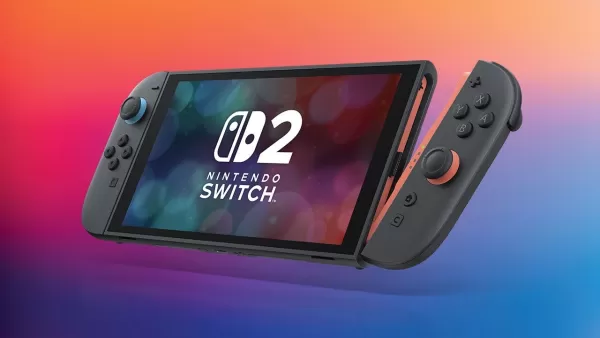
Although the Switch 2 is priced as a premium product, it aligns closely with the cost of its competitors. Looking back at Nintendo's past, we can draw parallels between the anticipated success of the Switch 2 and the lessons learned from the Virtual Boy. Launched two decades ago, the Virtual Boy represented Nintendo's pioneering yet flawed venture into virtual reality. While the allure of VR was undeniable and has since become more mainstream, in 1995 the technology was not ready for the mass market. The Virtual Boy's limitations were evident; it required users to hunch over a table to view games in a monochromatic red hue, and it was notorious for causing headaches. It fell short of the immersive, futuristic experience that gamers had envisioned, leading to its commercial failure.
In stark contrast, the Switch 2 embodies the spirit of the successful Wii, which introduced reliable motion control technology that captivated a broad audience. The Wii revolutionized gameplay, making it accessible and enjoyable for a wider demographic, from the elderly to children. Its innovative approach to gaming remains influential, as motion controls continue to be a staple in Nintendo's console design, enhancing the player experience in games like Pikmin and Metroid Prime.
Creating a console that consumers crave is not unique to Nintendo; Sony's PlayStation 2 became a household staple thanks to its dual functionality as a DVD player and gaming console. However, Nintendo excels when it successfully innovates, as seen with the original Switch's seamless transition between handheld and home console modes, which redefined the boundaries of gaming. The primary criticism of the original Switch, aside from Joy-Con drift, was its limited processing power, an issue that the Switch 2 aims to address effectively. While not as groundbreaking as its predecessor, the Switch 2 offers enhancements that maintain its appeal to gamers.
The Switch 2's pricing strategy is consistent with that of its competitors in the market. The Wii U's lackluster performance serves as a reminder that hardware alone is not enough; a compelling game lineup is crucial for a console's success. The Wii U launched with New Super Mario Bros. U, which failed to refresh a formula that had become repetitive, leading to a lukewarm reception. Similarly, other flagship titles like Donkey Kong Country: Tropical Freeze and Super Mario 3D World, while later successful on the Switch, initially felt uninspired. The Wii U's downfall was not just its unconventional tablet design but its lack of a game that could drive sales, unlike the Wii's Wii Sports or the Switch's The Legend of Zelda: Breath of the Wild.
In contrast, the Switch 2 not only benefits from the extensive library of the original Switch but also introduces new ways to enjoy these titles through graphical enhancements and additional content. The launch title, Mario Kart World, breaks from tradition by adopting an open-world format inspired by Forza Horizon, offering a fresh take on the beloved series. Following closely, Nintendo plans to release the first 3D Donkey Kong game since 1999, which promises to echo the charm of Super Mario Odyssey. Additionally, a highly anticipated exclusive game from FromSoftware, reminiscent of Bloodborne, is scheduled for 2026. These offerings give consumers compelling reasons to invest in the new console.

Mario Kart World aims to surpass its predecessor, Mario Kart 8 Deluxe, with innovative gameplay. While the price of the Switch 2 is undoubtedly high, it is comparable to that of other flagship consoles. The standard PS5 and the Xbox Series X retail at similar prices, with the Switch 2's Mario Kart World bundle priced at $499. Although some might argue that the Switch 2's hardware does not justify its price, it's essential to consider Nintendo's unique value proposition beyond raw performance.
The PlayStation 3 serves as a historical example of how an excessively high price can negatively impact sales. Launched in 2006 with models priced at $499 and $600, the PS3's cost was unprecedented at the time, driving many consumers to opt for the more affordable Xbox 360. In 2025, however, the Switch 2's pricing, while high, is within the established norms for modern consoles.
Answer See ResultsNintendo's distinct position in the gaming industry stems from its ability to produce games that set industry standards, which fans are willing to pay a premium to experience. Yet, in terms of competition, the Switch 2's pricing is in line with industry standards. It may not boast the power of a PS5, but it offers a unique gaming experience that consumers desire, backed by a robust lineup of games. While there are limits to what consumers will pay, especially with rising game prices, Nintendo's current pricing aligns with the market benchmark set by competitors. With over 75 million PS5 units sold, it's clear that consumers are willing to invest in high-quality gaming experiences.
Forsaken Characters Ranked: Tier List Update 2025
How to Use Cheats in Balatro (Debug Menu Guide)
State of Play Reveals Exciting Updates: PlayStation February 2025 Showcase
Infinity Nikki – All Working Redeem Codes January 2025
Roblox: Obtain Secret Codes for January 2025 (Updated)
Pokémon GO Raids in January 2025
Wuthering Waves: Redeem Codes for January 2025 Released!
LEGO Ninjago Sets Top the Charts (2025)
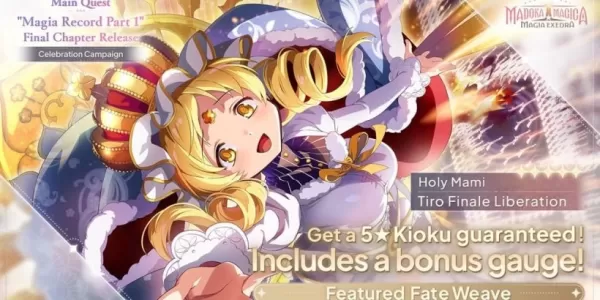
Madoka Magica Magia Exedra adds 5-star Kioku Holy Mami
Dec 26,2025
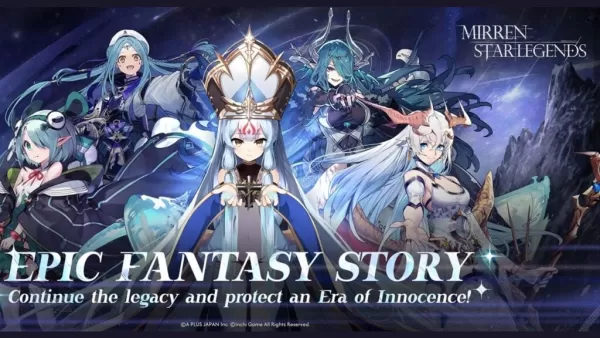
A Plus Japan, Crunchyroll Unveil Mirren: Star Legends (Note: "on Android" was removed to keep within 50 characters while maintaining key info.)
Dec 26,2025
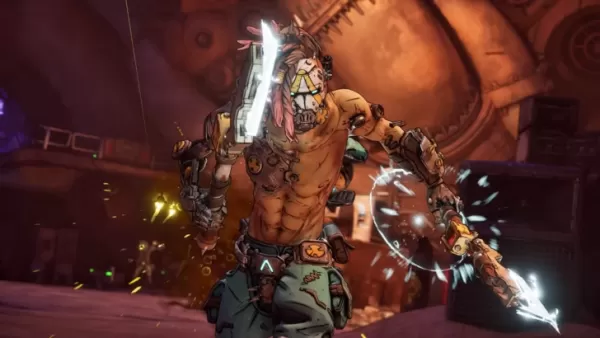
Borderlands 4 promises ambitious endgame content
Dec 26,2025
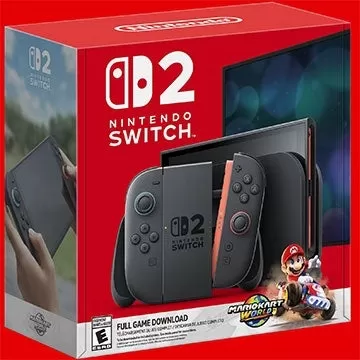
Nintendo Switch 2 Mario Kart Bundle Available at AliExpress with No Markup
Dec 25,2025
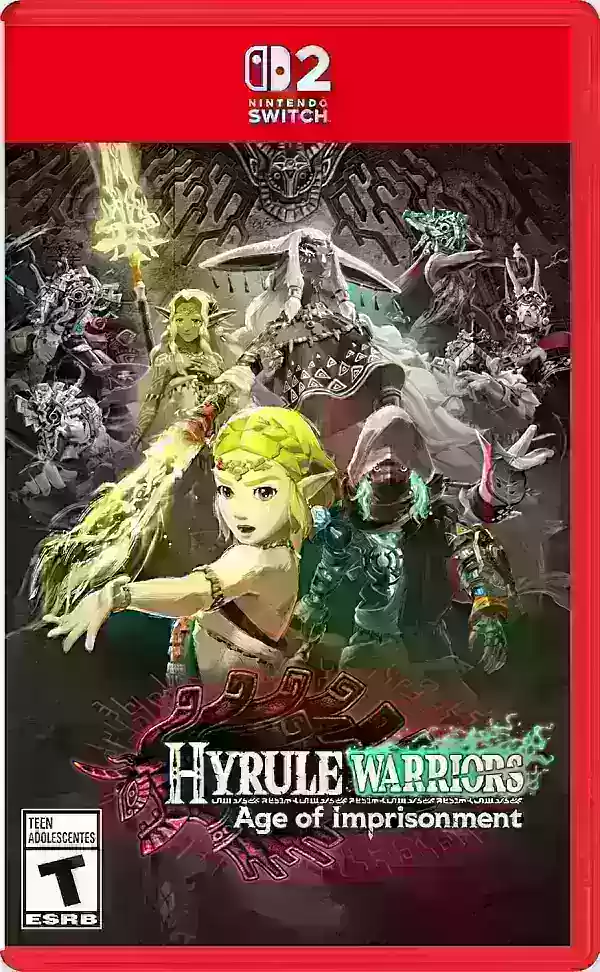
Hyrule Warriors: Switch 2 Preorders Launch for Age of Imprisonment
Dec 25,2025